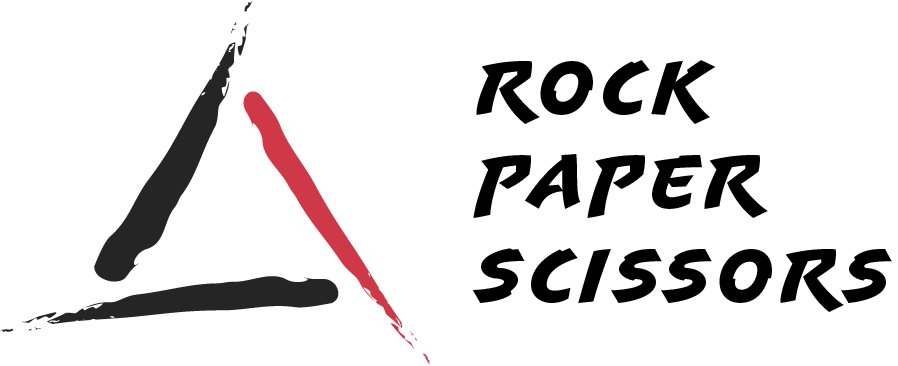“Different Time Zones Require Different Communication Strategies for Remote Workers”
In this new era of technology, there is nothing uncommon about working with people across the globe. People embrace working remotely and connect with each other even though they live in different time zones. Despite the pros and cons, many companies are starting to use this remote workforce. Owl Labs conducted a survey and found that 16% of global companies are now fully remote and 52% of employees around the world work remotely. Indeed, hiring remote workers is no longer a difficult challenge. The main challenge now is how to maintain effective and efficient communication within the team members across time zones. There are 5 smart tips you can benefit from to communicate with a distributed team in different time zones:
1. Understand the time zones clearly in order to synchronize them.
Working across time zones requires special attention which starts with understanding the time difference between you and your team members. The fact that your team is distributed all over the globe, having one synchronized time is important to keep the team working as a cohesive unit. Let’s call the primary time (yours) as a home-time zone. If you are lucky enough, you can pick a home-time zone which houses the majority of your team. Otherwise, build the most reasonable home-time zone and overlap the rest of your team onto it. Being reasonable includes giving tolerance to certain team members who get the least comfort from the fixed time zone.
For instance, if the Asian team members have to stay up late for a certain meeting, the European team need to let them have a late start for the next day. Time zone discrepancies will affect work repartition and scheduling, and that is inevitable. That is why setting clear ground rules and etiquette based on the different time zones will help you to communicate effectively with distributed team members.
2. Encourage communication to team members.
Encouraging communication between remote workers takes a more proactive approach than just scheduled regular meetings to review the workload and progress. It is important to have appropriate channels to facilitate spontaneous interaction. Distributed teams require means of communication both asynchronous and in real-time.
Video chat programs (appear.in, Zoom, Google Hangouts) or messaging services (Slack) will cover your real-time needs. While tools like Google Docs, Trello, and Hackpad allow teammates to collaborate on a project at their own pace. In the long run, this is a way for having asynchronous communication with a distributed team no matter their time zone.
3. Be mindful when setting up a meeting schedule.
Since your team members are distributed, setting up a meeting at whatever time that’s most convenient for you is the worst thing you can do to communicate with a distributed team in different time zones. It’s indeed difficult to find meeting times that work for everyone, but you should do your best to include as many as possible schedule during regular working hours, even if that means starting a little earlier or staying a bit later than usual in the home office.
Whether you’re a manager or coworker, knowing employee schedules will help you know when they’re available for meetings, general chit-chat, or assistance. It’s also wise to be aware of the cultural norms and traditions of the countries in which they work. These cultural differences can dictate the hours they work, the holidays celebrated, and even the manner in which they prefer to communicate.
4. Make use of the right tools to level up the project management system.
There are many tools which can help you to communicate with distributed teams in different time zones. Outlook and Google calendar will automatically adjust the meeting time for each participant, converting the schedule to their local time. Also, The World Clock lets you search for cities to check the time and date and the Time Zone Converter lets you easily convert the time in one place to another.
5. Be clear on your expectations.
It is important to be clear about what you expect when working with a distributed team. Be sure that all team members are aware of what’s expected of them in terms of delivery despite the difference in time zones. Setting objectives for each week will help to manage the expectations of the distributed team’s work.
Conclusion
Remote workers will understand that they are expected to be available at unusual times now and then, but the least you can do is reducing such instances. To communicate with a distributed team in different time zones, you should accept the asynchronous communication concept first, so you can build suitable communication strategies to keep the team works effectively across time zones.
Rock Paper Scissors is the missing link between business and technical world. We translates business language into technical, and technical limitation into business constraints. We guide organization and individuals alike to create their own digital product and navigates all the complexity of product creation process. Find out more.
References:
https://loopup.com/us/resource-center/blog/4-tips-communicating-multiple-time-zones/
https://www.workflexibility.org/how-to-manage-team-time-zone-challenges/
https://www.entrepreneur.com/article/317811
https://remote.co/etiquette-rules-working-across-time-zones/
